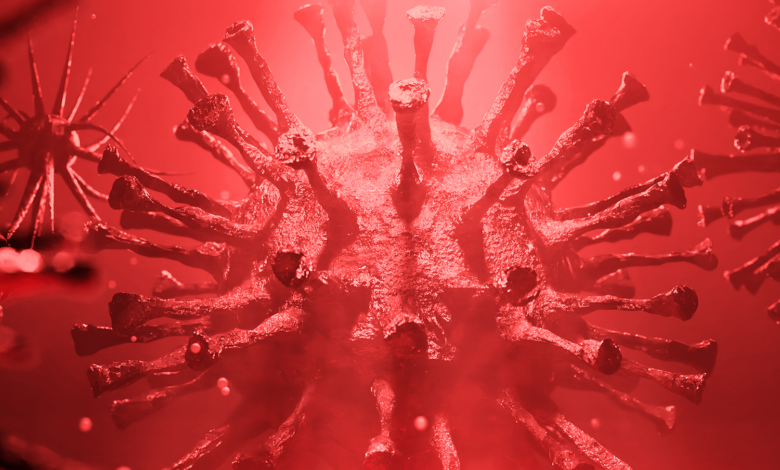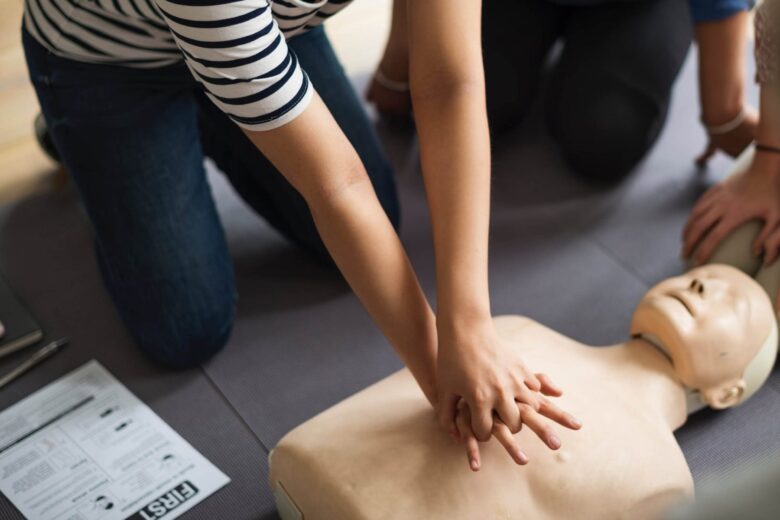
3 Tips for How to Deal with Bloodborne Pathogens
Are you working around blood at work? Have you been tasked with dealing with bloodborne pathogens but are not sure how to handle them?
Find out what you need to know here.
Working with bloodborne pathogens can always pose a risk to those working around them. As such, it is a must for all parties involved to remain vigilant and abide by the standards set by Occupational Safety and Health Administration (OSHA) for biocontainment.
In this article, we’ll go over some key points to keep in mind so that you’re aware of how to handle bloodborne pathogens to ensure your safety and the safety of your coworkers.
1. Wear Proper Protective Gear

When dealing with bloodborne pathogens, it is important to always wear protective gear. This is to prevent contact with the virus or bacteria. Protective clothing includes things such as:
- lab coats
- gloves
- goggles
- face masks
- respirators
Gloves should be worn anytime there is a possibility of coming in contact with blood or body fluids. Lab coats should be changed and washed regularly. Goggles and face masks should be worn when there is a risk of splashing with body fluids and respirators should be worn when working with airborne particles or aerosols.
All protective gear should be disposed of properly after each use. Regularly cleaning, sanitizing, and disinfecting work surfaces is also essential for minimizing the risk of contamination.
2. Keep a Good Hygiene
Good hygiene is a key component of dealing with bloodborne pathogens. Personal hygiene is of utmost importance in the workplace and any area where contact with these pathogens is possible. Develop a cleaning routine and stick to it to keep the workspace safe and clean for everyone.
This includes washing your hands often and regularly disinfecting work surfaces and equipment. Additionally, it is important to avoid eating, drinking, or smoking in areas where contact with blood or body fluids is possible.
Keep all materials used to clean and handle bloodborne pathogens separate from other materials and safely dispose of them. Following these tips can help you stay safe and healthy when working around bloodborne pathogens.
3. Take a First Aid Training

To deal with bloodborne pathogens, taking first aid training is extremely important. It’s important to stay wary and informed about bloodborne infections. Especially if you ever come into contact with it.
First aid classes can teach you the basics about how to take the necessary safety measures. Which will protect yourself, your co-workers, and your patients. During first aid training, you will learn how to identify the risks, how to avoid exposure, and the proper safety protocols.
After the training, you can earn a bloodborne pathogens certification, which can be beneficial to you. Earning MyCPR NOW’s Bloodborne Pathogens Certification can open up opportunities for you. You can be eligible to become a responder if there is a bloodborne pathogen emergency.
Use These Tips for Bloodborne Pathogens
These tips will help you protect yourself from bloodborne pathogens while on the job. Always practice proper safety protocols and practice proper hygiene to reduce your risk of exposure. Make sure to avoid hazardous materials and other potential contamination.
If you suspect exposure, contact your employer right away and seek medical attention. Protect yourself and those around you by taking the necessary precautions. Stay safe and be aware.




